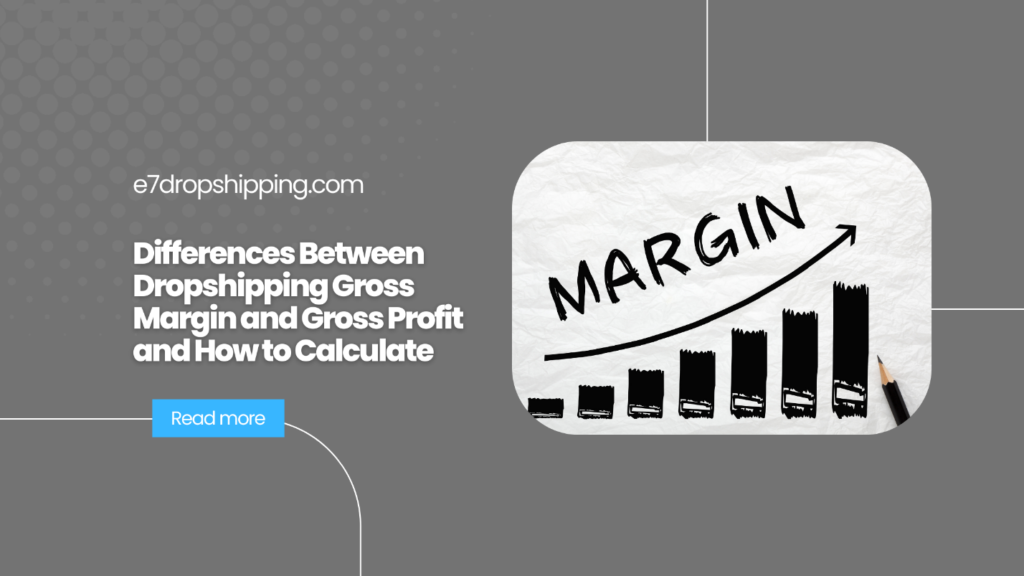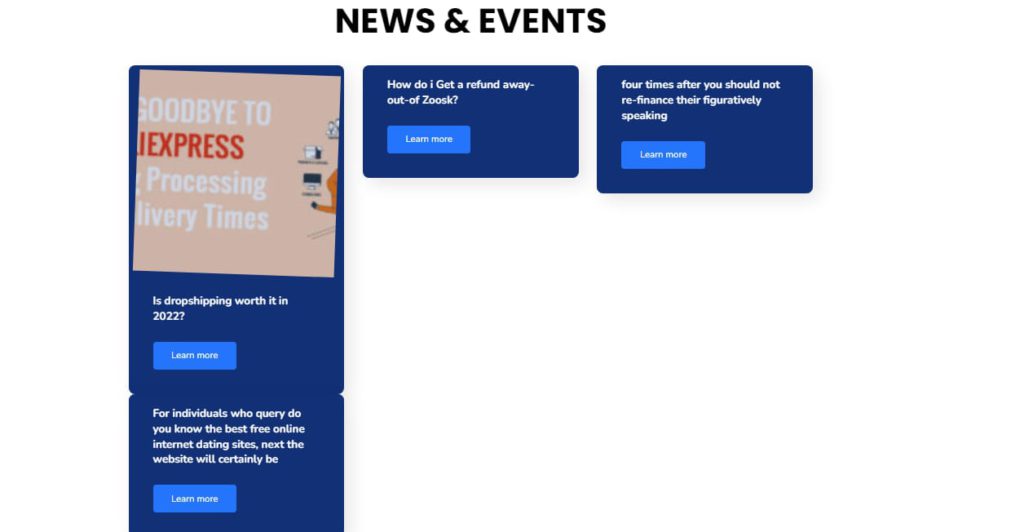Drop Shipping International: How to Ship Products Globally
If you want to expand your e-commerce firm, going worldwide might be a wonderful next step. However, you\’ll need to figure out how to ship overseas first.
You\’ll need a plan that works for you and your company if you want to handle international shipment correctly. You don\’t need to be an expert in shipping, but you do need to be aware of your possibilities and choose a strategy that will meet your demands in the long run.
There are many reasons why you might not be exporting at the moment. Perhaps you\’re only now beginning to think about it. Perhaps you considered shipping internationally but concluded it would be too difficult. Even if you tried using an overseas shipping service, you might have given up after one or two negative incidents.
How to develop a global shipping strategy
There are a few key choices you\’ll need to make for your international shipping plan, even while it\’s challenging to compile a complete list of best practices for every firm.
• What and where you will ship
• Prior to shipping any goods, you must decide which nations and areas and which things you will send.
• Uncertain of which markets to enter first? Here are a few clues that can help you focus your search.
Close after a modest start. You can create reasonable recipient expectations for delivery times and costs by keeping the final destination of your shipments close to home, such as Mexico for a San Diego-based retailer. Beginning locally and modestly also enables you to acquire a sense of what it takes to increase your cargo volume.
Watch the demand level. See which markets or nations have already visited your online store by looking at the traffic metrics for your store. Direct consumer requests to sell to their market are another way to measure interest. High traffic or repeat visits may indicate that customers are interested in your offerings.
Any market that you want to expand into should be considered. Dealing with customers effectively requires effective communication. If you speak many languages well, you could want to start by expanding into those nations. Find other nations or markets where that language is widely spoken if you only speak one.
Make sure your target country\’s product and market fit. Do you believe that certain global marketplaces are more suitable for your company than others? Here, some research may be necessary. Investigating the level of e-commerce adoption could be a useful beginning step (explore that data here). Look at the dietary preferences and consumer trends in those markets. For instance, a present given as a celebration in the US can have a different meaning in South Korea.
You must now decide what to send. You might wish to sell whatever you have to offer. However, take a moment to consider these characteristics of your items and your company before you begin shipping globally.
Are there any products, based on the aforementioned points, that would be appealing to the international market(s) you\’re intending to ship to?
Smaller, lighter things will be less expensive to ship and simpler to package.
The packing will be better the more robust it is. Shipping delicate goods that could be harmed in transportation if improperly wrapped can raise the likelihood of an unsatisfactory delivery. If you choose to ship them, make sure you purchase robust product packing.
Learn the country\’s laws and regulations
It\’s time to research national laws and regulations once you have a general concept of which areas offer the most immediate potential and which products you\’ll be sending.
Some nation’s outright ban some things while others may only limit them. Having a thorough understanding of the laws and guidelines that may apply to your shipments will help ensure a successful delivery.
You can get this data in a few different ways:
A tool provided by UPS lists country-specific laws and regulations by the nations of origin and destination.
Check to verify if your goods can be imported into a specific country of destination. For instance, it is illegal to send artwork from the US to Saudi Arabia.
Check to determine if any of your items—or the parts of your goods—are being sent as \”dangerous commodities.\” Generally speaking, a \”hazardous good\” is a product that could be harmful while in transportation. The government website of a nation would be the finest source for this information. Great examples are provided by Canada and the UK.
If in doubt, get in touch with the regional import or customs office at your intended destination for more details on shipping your goods.
Be open and honest about costs.
The most crucial element of any foreign shipping strategy would be to be as open and honest with your customers about delivery prices as you can. Avoid shocking your consumers at the checkout with an unexpected total.
Our own research focuses on how customers\’ trust grows as they make purchases from new online merchants. According to the study, a store\’s shipping policy when sending overseas must specify who is responsible for paying duties and taxes in order to win over a customer\’s trust and close a deal.
Your policy pages are one location where you can mention these expenses. Explain in detail how and where you send your products overseas as well as any potential fees.
To display your shipment availability, you may also take a simple step like adding flags to your top navigation. It\’s not only about expenses when you let clients know where you deliver. You can advertise your shipping and rates to a worldwide audience by using a product like the Free Shipping & Hello Bar.
It\’s best to make advantage of all accessible channels, whether on your homepage, product page, or policy page, to inform customers about shipping prices—or possible charges. It will lay out your mutual expectations, which may provide the customer more assurance to finish the transaction.









